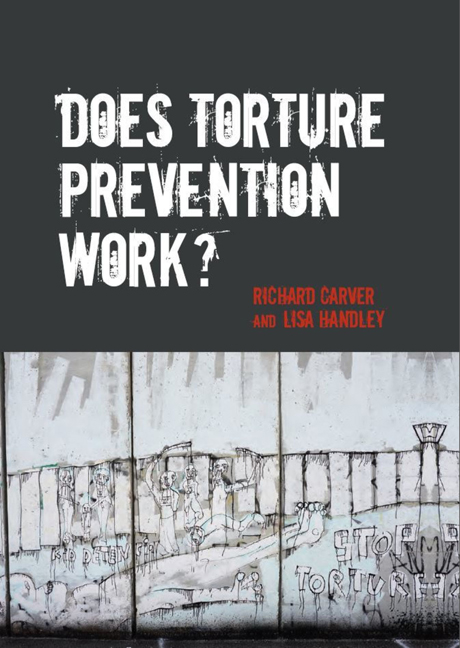Book contents
- Frontmatter
- Contents
- List of Tables
- List of Figures
- Foreword
- Acknowledgments
- Contributors
- 1 Introduction
- Overview and Findings
- Prevention Sustained
- Prevention Stalled
- 6 Hungary
- 7 Indonesia
- 8 Israel
- 9 Peru
- 10 South Africa
- Prevention Expected
- Prevention Denied
- Conclusion and Future Strategies
- Bibliography
- Index
6 - Hungary
from Prevention Stalled
- Frontmatter
- Contents
- List of Tables
- List of Figures
- Foreword
- Acknowledgments
- Contributors
- 1 Introduction
- Overview and Findings
- Prevention Sustained
- Prevention Stalled
- 6 Hungary
- 7 Indonesia
- 8 Israel
- 9 Peru
- 10 South Africa
- Prevention Expected
- Prevention Denied
- Conclusion and Future Strategies
- Bibliography
- Index
Summary
Context and frequency
At the beginning of the period under review, Hungary was a socialist republic characterized by a tacit compromise between the political leadership and society that led many to describe it as ‘the most cheerful barracks of the Eastern bloc’. The regime allowed citizens to live in relative freedom provided they did not interfere in political matters. Its policy that ‘Whoever is not against us, is with us’, formulated in the 1960s by Janos Kadar, leader of the State Party, had considerable public support because it permitted relative flexibility in both cultural affairs and the economy.
Human rights violations were not as prevalent in Hungary as in other Eastern Bloc countries. As one report put it:
Large-scale and blatant violations and retaliations, such as those witnessed in either the Soviet Union or in Poland … were not committed in Hungary … The authorities used subtle means of retaliation in a limited number of cases, mainly against the hardcore elements of the opposition. In the first half of the 1980s the harassment and persecution the dissident had to endure … were rather intended to wear down the opposition. This state of affairs changed very little in the second half of the decade … Paradoxically, the really serious atrocities, brief preventive arrests and the breakup of protest marches only came in the final hours of the regime, during the opposition's campaigns in 1988.
Thanks to these antecedents, the democratic transition of 1989 after the collapse of the Soviet Union was peaceful, based on negotiations between the State Party and opposition political forces. In October 1989 the Third Hungarian Republic was announced, in 1990 free elections were held, and steps were taken to create the institutions of a democratic state subject to the rule of law, including a review of Hungary's highly centralized, military-style police force.
- Type
- Chapter
- Information
- Does Torture Prevention Work? , pp. 183 - 230Publisher: Liverpool University PressPrint publication year: 2016



